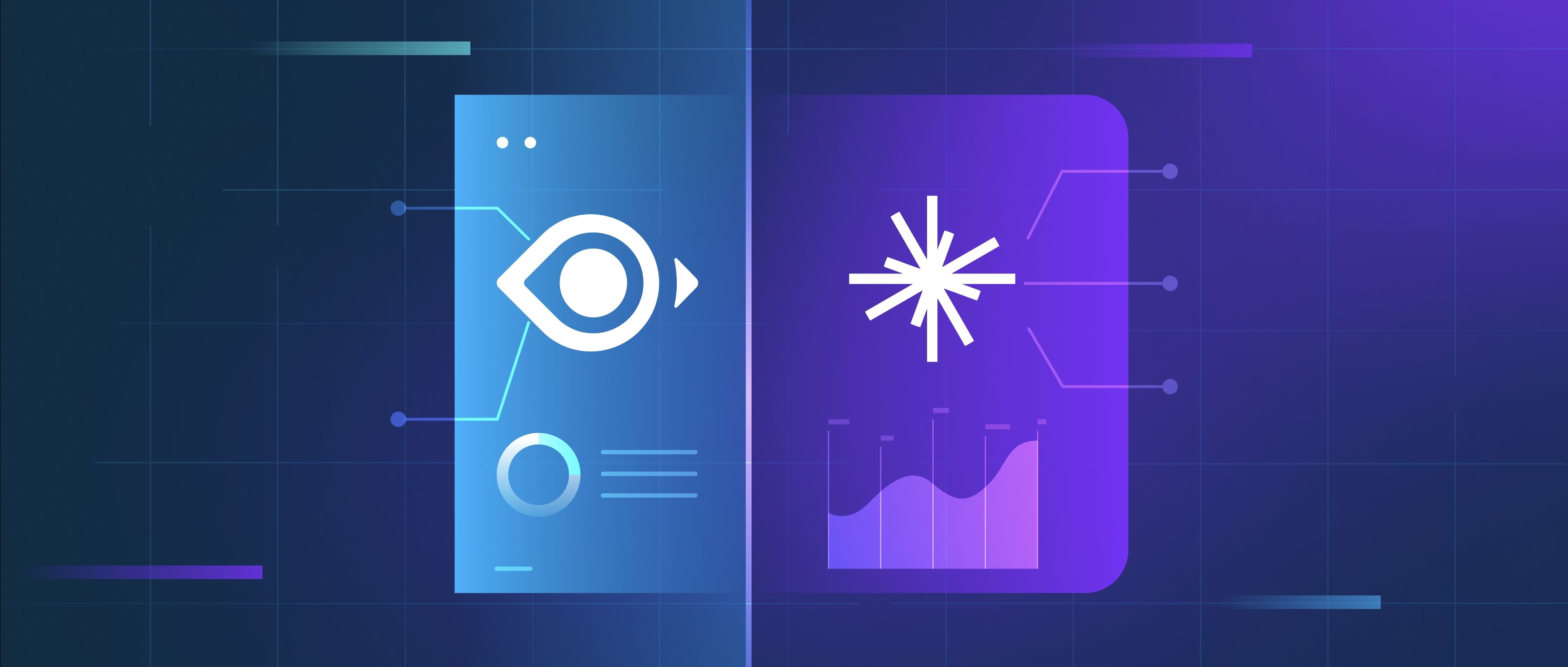Using multiple embedding models in RAG systems can improve retrieval by combining the strengths of different embedding types. Dense embeddings (e.g., from models like BERT or Sentence Transformers) excel at capturing semantic relationships, allowing them to retrieve documents that conceptually align with a query even if keywords don’t match. Sparse embeddings (e.g., BM25 or TF-IDF), on the other hand, prioritize exact keyword matches, which is useful for queries relying on specific terms. By using both, the system can fetch results that are both semantically relevant and keyword-precise. For example, a query like “How to optimize Python code for memory usage?” might retrieve semantically related articles about garbage collection (via dense embeddings) and keyword-matched docs explicitly mentioning “Python memory optimization” (via sparse embeddings). This hybrid approach reduces the risk of missing critical results that rely on either semantic or lexical matches.
However, combining embeddings introduces complexity in three main areas. First, computational overhead increases because generating and storing multiple embeddings requires more resources. For instance, dense embeddings often involve GPU-based inference, while sparse methods may require large inverted indices. Second, result fusion becomes challenging: merging ranked lists from different retrieval methods (e.g., combining cosine similarity scores from dense embeddings with BM25 scores from sparse) requires careful weighting or algorithms like Reciprocal Rank Fusion (RRF) to avoid bias toward one method. Third, maintenance complexity grows, as updates to one embedding model (e.g., retraining a dense encoder) might necessitate reevaluating the entire retrieval pipeline to ensure consistency between the two approaches.
Finally, the system’s latency and scalability can suffer. For real-time applications, running multiple embedding models and merging their results adds processing time. Additionally, managing separate indexes for dense and sparse embeddings (or a unified hybrid index) increases infrastructure demands. Developers must also monitor performance trade-offs—for example, ensuring that the benefits of improved recall outweigh the added latency. While hybrid retrieval can significantly enhance RAG accuracy, it requires careful engineering to balance these trade-offs and maintain a scalable, responsive system.
